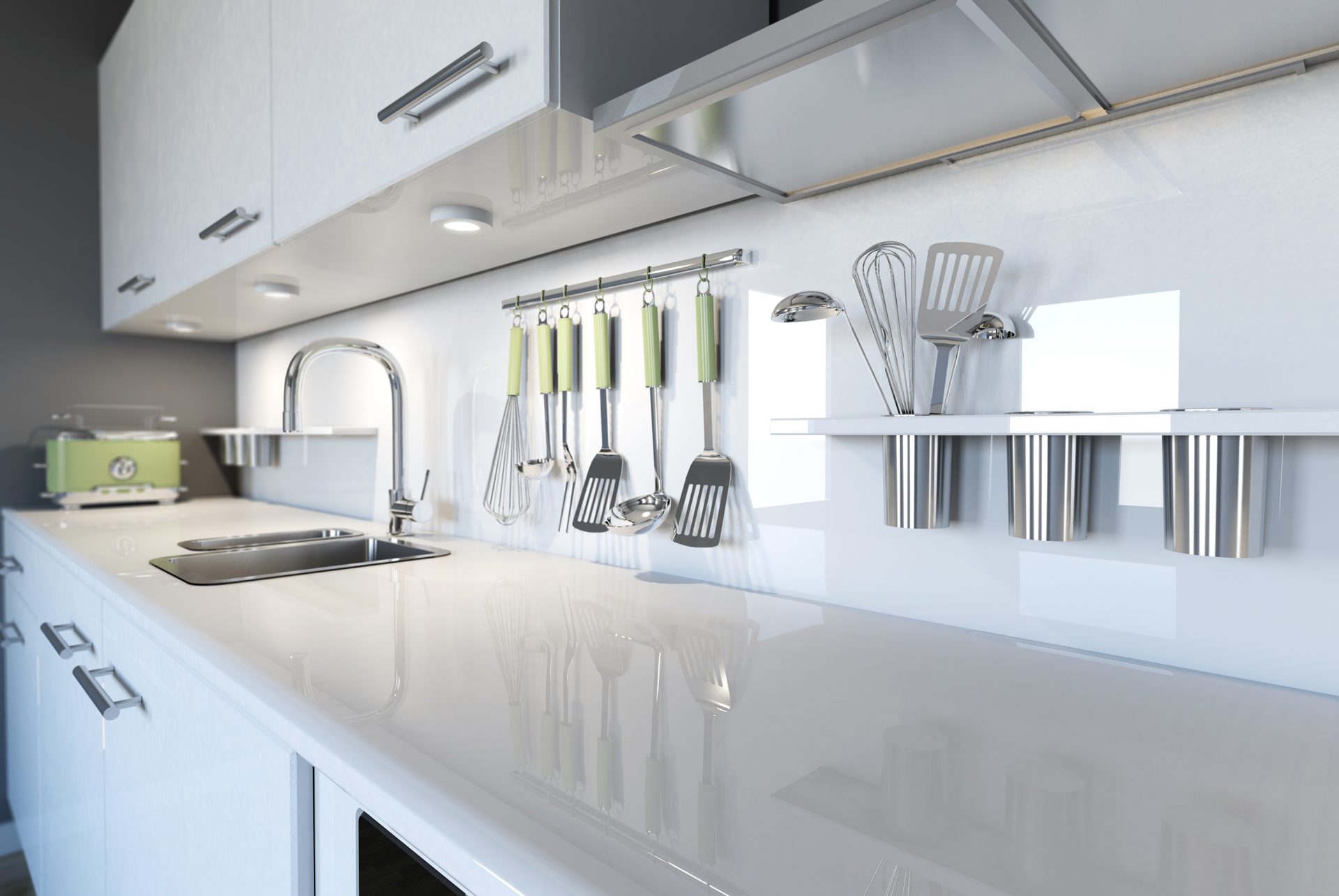A clean kitchen is where we prepare meals, gather with family, and often entertain guests. However, kitchens can also be breeding grounds for bacteria and germs if not maintained properly. Creating a sanitary kitchen environment is crucial not only for food safety but also for overall well-being. Here are some effective strategies to ensure your kitchen remains a hygienic space.
Regular Cleaning Habits
Establishing a routine cleaning schedule can help keep your kitchen sanitary. Here are some essential cleaning tasks to incorporate:
- Daily Cleaning: Wipe down countertops, tables, and stovetops with a disinfectant after each use. Clean spills immediately to prevent any foodborne bacteria from taking hold.
- Dish Management: Wash dishes promptly after use. If you use a dishwasher, ensure it’s running at the right temperature for effective sanitation.
- Trash Maintenance: Empty the trash regularly to prevent odors and attract pests. Consider using bins with lids to keep waste contained and sanitary.
Safe Food Handling Practices
Food safety is a cornerstone of a sanitary kitchen. Implement these practices to reduce the risk of contamination:
- Separate Raw and Cooked Foods: Use different cutting boards for raw meat and vegetables to avoid cross-contamination.
- Thorough Washing: Rinse fruits and vegetables under running water before preparation.
- Proper Cooking Temperatures: Use a food thermometer to ensure that meats are cooked to safe internal temperatures.
Sanitizing Surfaces and Tools
Cleaning is essential, but sanitizing is equally important. Consider these tips:
- Use Approved Sanitizers: Employ sanitizing solutions that are approved for kitchen use, such as bleach or commercial sanitizers, to disinfect surfaces effectively.
- Clean Appliances Regularly: Don’t forget to sanitize frequently touched appliances such as microwaves, refrigerators, and dishwashers. Pay attention to handles and buttons.
- Manage Sponges and Cloths: Replace sponges and kitchen towels regularly, as they can harbor bacteria.
Organizing the Kitchen
A clutter-free kitchen is easier to keep clean. Here’s how to organize effectively:
- Declutter Counters: Limit the number of items on your countertops to make cleaning easier. Store infrequently used appliances in cabinets.
- Cabinet Organization: Group similar items together (e.g., baking supplies, cooking utensils) to streamline your cooking process and minimize the chances of spills and mess.
- Refrigerator Management: Keep the fridge organized and regularly check expiration dates to avoid spoiled food.
Pest Control
Pests can pose a significant health risk in the kitchen. To deter them, consider these methods:
- Seal Entry Points: Inspect for gaps or cracks in windows and doors where pests might enter.
- Store Food Properly: Keep food in airtight containers to prevent attracting insects and rodents.
- Regular Inspections: Periodically check for signs of pests and take immediate action if you notice any infestations.
Creating a sanitary kitchen environment requires a combination of regular cleaning, safe food handling, effective organization, and pest control. By implementing these practices, you can maintain a healthier kitchen that not only supports food safety but also enhances your overall quality of life. A clean kitchen is more than just an aesthetic choice; it’s a vital aspect of a healthy home.
